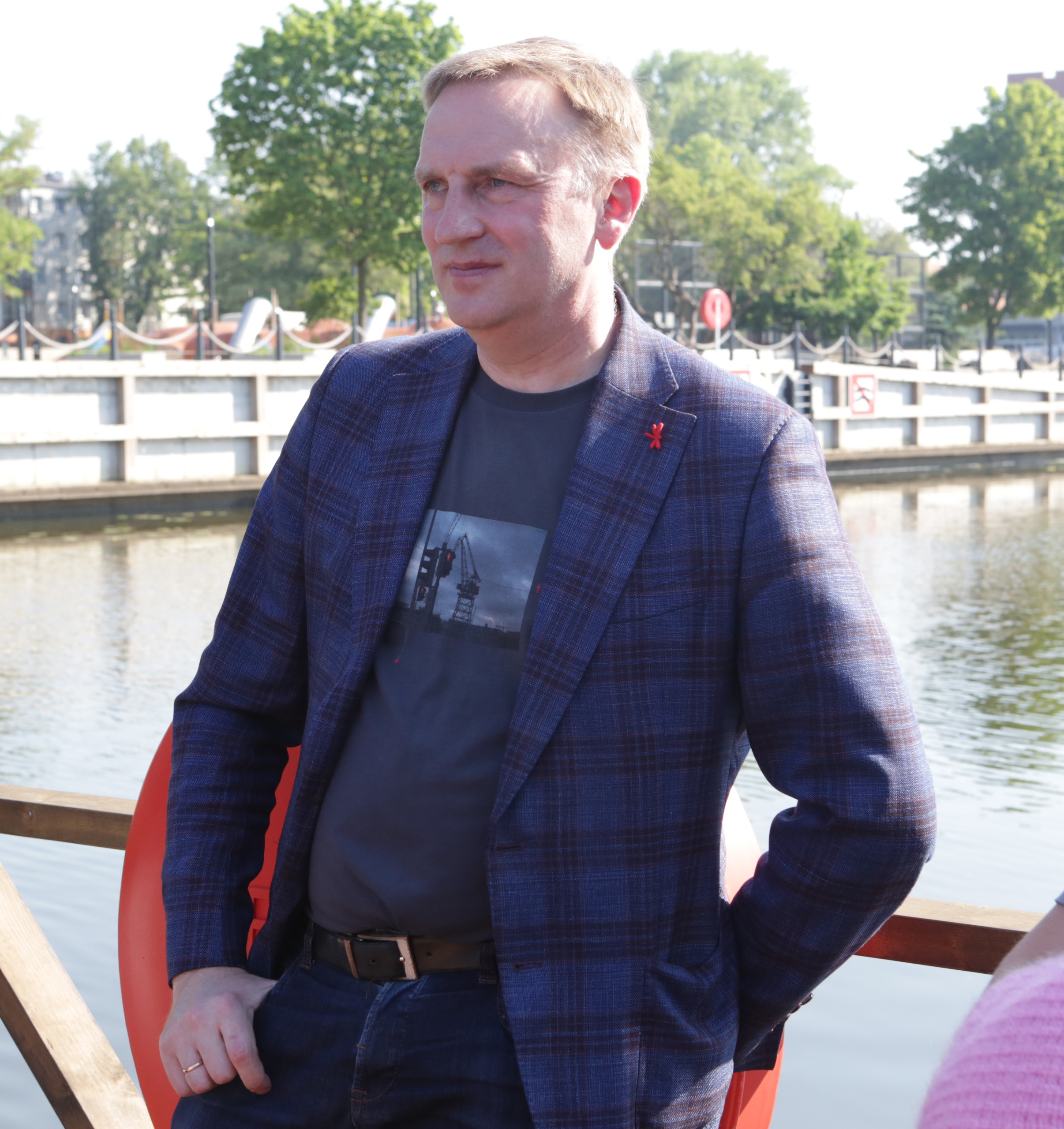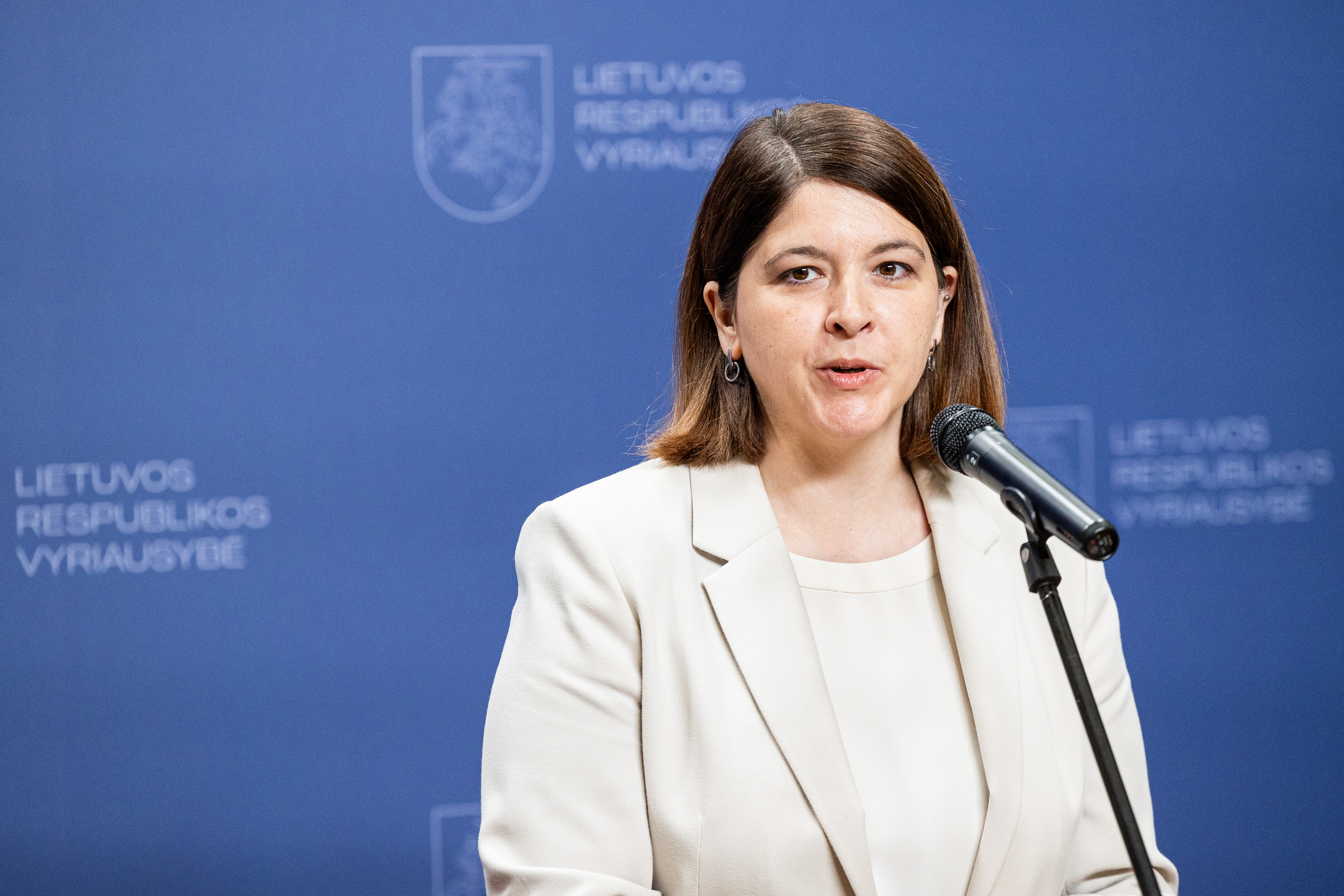Nemunas – new opportunities for shipping and tourism

Not that place
According to them, in response to fears of the work performed in the public sphere, the VCD wants to reassure the public and assures that the works were carried out only in accordance with the plan coordinated with the responsible authorities.
In addition, the VVKD emphasizes that it has nothing to do with the work carried out in Alytus Tarzania, which raises environmental issues and doubts in the public sphere. The LKD did not carry out any land work in this area, nor has it done any other work on the banks or beaches of the Nemunas.
Vladimir Vinokurov/Photo by Regimantas Zakšensk
“We see that there are several different territories in the public place of the Nemunas River in public in Alytus, and it is understandable that the public is aware of uncertainties. We would like to emphasize that the VVKD has nothing to do with the work on the Tarzania territory, and the Nemunas upstream cleaning work was carried out only in accordance with the agreed cleaning plan of the institutions, following all the requirements, ”says Vladimir Vinokurov, CEO of the IWD.
The Directorate has nothing to do with the work on Tarzania.
Improved the situation
A few years ago, the municipalities and the VVKD signed a memorandum a few years ago to cooperate to cooperate in the development of shipping. With the approval of the agreement between the City and District Councils of Alytus, 2023 September 19 A tripartite cooperation agreement was signed and cleaning works were carried out in the Nemunas section at Alytus – a 23.5 km long stretch of Nemunas from Radžiūnai village to Rumbonys. The total value of the works is 320 thousand. EUR excluding VAT.
According to the VCD representatives, the removal of the resulting shallows falls into the scope of cleaning. Prior to the work, the excavation plans were submitted to the Department of Environmental Protection, as provided by the Minister of the Environment.
“The work performed ensured the opportunity to move safely for small ships, water motorcycles and entertainment boats, bringing life back to the longest Upper River in the Nemunas. The stretch is problematic due to the shallows and stones formed in its separate sections, so it was necessary to remove the stones from the water knee area, as well as to carry out shallow removal work. After completing his work in the upstream of the Nemunas River near Birštonas, works in Alytus started almost immediately. Work was planned at Druskininkai, ”said Aurelijus Rimas, Director of Shipping Director of the IWC.
What works did?
In the said section at the Alytus VCD, the VCD cleaned shallow places that interfere with shipping, to the right parameters of the water. The width of the 20 m ship was reached. More than 48 thousand people were removed from the water road. Cub. m of soil.
The works of the VKD in the Nemunas River in the Alytus district were completed as early as 2024. December 12 The technique used to implement the project has been transferred to other regions or ready for winter.
According to representatives of the Directorate, all works carried out by the IWC were carried out in strict compliance with the legal acts of the Republic of Lithuania, coordinated with environmental institutions and meets the highest environmental standards.
“The VVKD understands public concern and emphasizes that environmental protection is an integral part of the Directorate. We are making every effort to ensure the ecological balance of the Nemunas River, and we are constantly striving to ensure that the projects we carry out not only contribute to shipping goals, but also save nature, ”said representatives of the IWC.
Fired accusations
A spokeswoman for the Ministry of Environment stated at the recent meeting of the Seimas Environmental Protection Committee that the River was indeed deepened by the Nemunas cleaning work in Alytus last year.
The order of the Minister of the Environment states that the deepening work is considered to be a soil excavation to deepen existing or to install new inland waterway roads.
The cleaning of the sediment accumulated at the bottom of the water body is considered to be the excavation of the sediment to restore the project depth and width of the inland waterway.
“The composition of the soil was slightly different in the cleaning work than we would expect to think about the sediment. Gargždas, pebbles, stones and boulders were pulled out, which we really do not call sediments, ”explained Jonė Leščinskaitė, Advisor to the Nature Conservation Group of the Ministry of Environment.
According to her, there was no environmental impact assessment before the work was carried out.
Source: BNS








